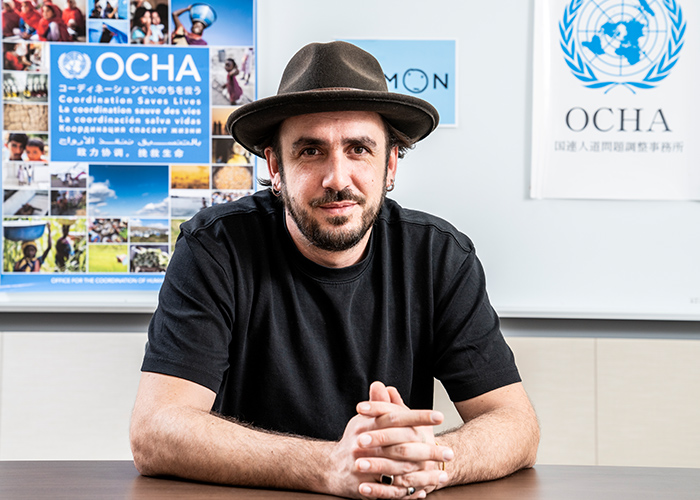Vincent Tremeau
Born in France in 1984. After studying law and working as a lawyer, he transitioned into photography. Focusing primarily on humanitarian crises, especially in Africa, Tremeau has captured the lives and dreams of refugee children across over 20 countries. He is currently based in Rome, Italy, continuing his global documentary work.
Focusing on the Possibilities of Children’s Futures
The “One Day, I Will – Right to Dream” project began in 2014, inspired by children Tremeau met in the war-torn Central African Republic.
At the time, many people, including children, were taking shelter in churches. In constant fear for their lives, lacking even basic food, people were in despair. It was a heartbreaking scene. Still, many children followed Tremeau, curious about the white photographer with a camera. They kept asking, “Take my picture!”
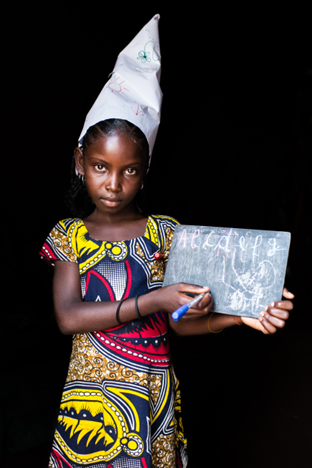
Photo by Vincent Tremeau, © Vincent Tremeau.
Tremeau began to wonder: how could he show the world their situation—without evoking pity or portraying them only through tragedy? How could he preserve their dignity and instead focus on their potential? That’s when he had an idea:
“If you want to be photographed, tell me what you want to be when you grow up. You have one hour. Use anything you can find around the church grounds—clothing, props—to represent that future. But there’s one rule: don’t spend any money.”
An hour later, the children returned, and what he saw exceeded all expectations.
The first girl said,
“I want to be a teacher. My school was destroyed, and I can’t go anymore. I miss school so much.”
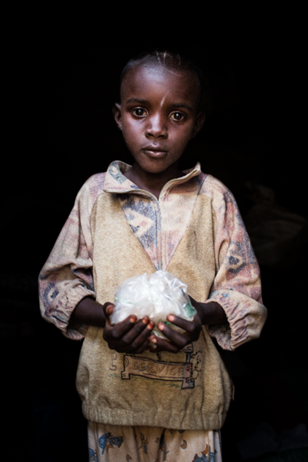
Photo by Vincent Tremeau, © Vincent Tremeau.
Another child held a plastic ball and said, “This is a diamond. I want to find diamonds.
This shocked Tremeau. In the Central African Republic, there’s a saying that encourages finding diamonds over going to school. The reality of that child choosing diamonds over education spoke volumes about the influence of environment on children’s hopes.
A few months later in the Democratic Republic of Congo, around 20 boys came dressed as soldiers, wielding handmade toy guns, in a way that they were too realistic. One child said, “A soldier came to my house and took money from my father. If I become a soldier, I can take money too.” Another one, on the contrary, said “Peacekeepers play soccer with me, they are my friends. I want to be like them.”
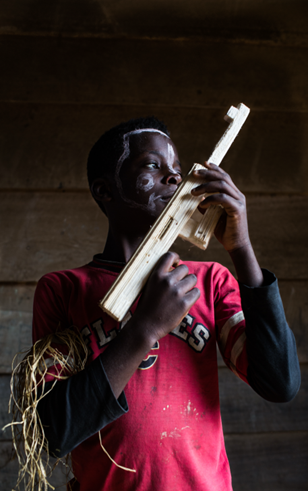
“One day, I want to be like the MONUSCO peacekeeper. I play soccer with them. They are my friends.”
MONUSCO, the United Nations Organization Stabilization Mission in the Democratic Republic of the Congo, plays a visible role in the community, and for many children like Moise, their presence inspires dreams of strength and camaraderie.
Photo by Vincent Tremeau, © Vincent Tremeau.
In places where most adults they see are soldiers, it’s no surprise the children dream of becoming one too.
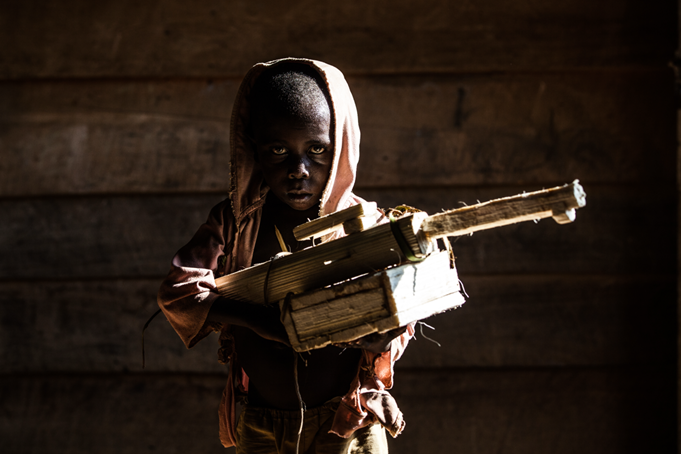
“I don’t know my age. I don’t go to school. One day, I will be a soldier. Because the soldiers, they arrest people. One day they even arrested my father and asked him a lot of money. So me too, I want to become a soldier to arrest people and ask them to give me money.”
The quote reflects a stark reality for many children growing up in conflict zones, where cycles of violence and trauma shape their hopes and identities.
Photo by Vincent Tremeau, © Vincent Tremeau.
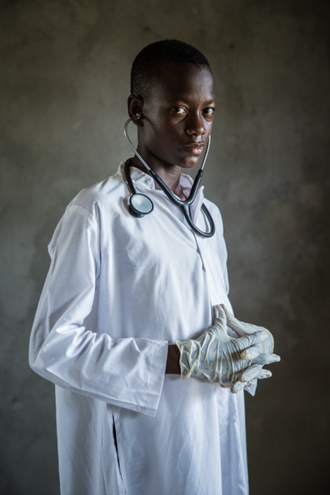
“One day, I will be a doctor to help people as they helped me when I was ill. Twenty-six people in my family died because of Ebola — my father, my mother, my brothers, my sisters, my grandfather, my grandmother, my uncle, my nephews, my niece… Now I stay with my aunt.”
The Ebola epidemic in West Africa claimed over 10,000 lives, leaving deep personal and societal scars.
Photo by Vincent Tremeau. © Vincent Tremeau.
Tremeau also traveled to West African countries like Sierra Leone, Guinea, and Liberia during the Ebola outbreak, meeting many children who had lost their parents. Some said,
“I want to become a doctor to help others - just like the one who once helped me.”
He saw how a positive environment could restore hope.
Thanks to encounters like these, “One Day, I Will” has become a 10-year-long project. Tremeau has visited over 20 countries, including Niger, Iraq, and Nepal, capturing the dreams of children living in crisis.
A New Chapter in Noto: Photographing Japanese Children
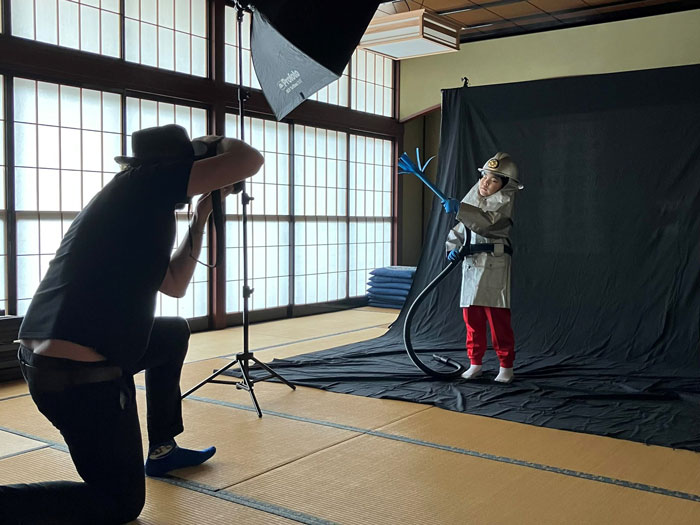
When OCHA approached Tremeau to exhibit the project at the Expo 2025 in Osaka, Kansai, Japan, he thought it would be fascinating to conduct a similar shoot in Japan. Japan, especially Tokyo, felt like a futuristic contrast to many of the developing nations he had visited. But even here, natural disasters leave children in vulnerable conditions. With support from KUMON, he was able to photograph children from the Noto Peninsula, affected by earthquakes and heavy rains.
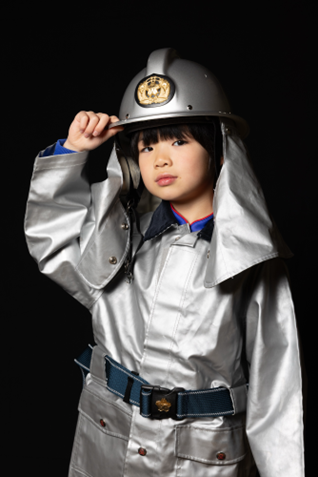
“One day, I’m going to be a cool firefighter like my papa! He helps people when they need him, and I want to do the same. During the earthquake, I was scared and didn’t understand what was happening. But when I saw my papa and the other firefighters helping, I felt better. That’s when I knew I wanted to be just like them.
I love living in Noto — my family takes care of each other, and that makes the world feel like a good place. If I could change the world, I’d fill it with courage and happiness, like how I felt after the earthquake. I don’t know any girl firefighters yet, but maybe I’ll be the first one!”
Photo by Vincent Tremeau. © Vincent Tremeau.
Upon arriving in Suzu City from Tokyo, he was deeply shocked. He recalled a similar feeling when covering a bombed town near the Ukraine-Russia border the previous year. Homes in Noto remained collapsed, set against the serene backdrop of snow-capped mountains. Some children still study in temporary classrooms or live in temporary homes.
Despite the devastation, something miraculous happened again. A six-year-old boy came dressed as a firefighter, as well as a seven-year-old girl.
In Europe, dreams of becoming firefighters or police officers are common among children. But in ten years of photographing children across Africa and the Middle East, not one had said they wanted to be a firefighter—simply because they had maybe never seen one. Without role models, dreams are hard to form.
The girl in Noto said:
“I want to be a firefighter. My dad is one. After the earthquake, he worked through the night to rescue people. He’s, my hero.”
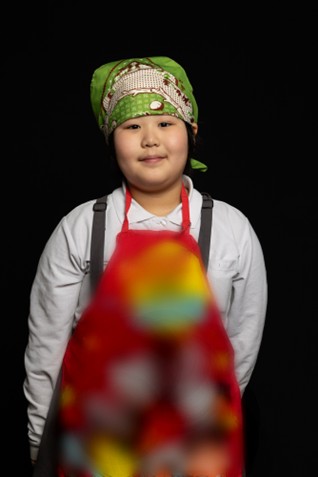
“One day, I will make ice cream. It’s cold, sweet, and brings happiness—especially on hot summer days. My favorite flavors are orange and vanilla.
After the earthquake, my friends and I were separated. We no longer live or go to school together. If I could, I’d gather them all and share my ice cream with them. We’d sit together, eat, and for a moment, it would feel like before.”
Photo by Vincent Tremeau. © Vincent Tremeau.
A ten-year-old girl said she wanted to be an ice-cream maker so she could share delicious ice-cream with classmates she was separated from by the disaster. Tremeau described such dreams as beautiful as roses blooming in the desert.
His experience in Noto confirmed for him the true power of education. Education is not just about textbooks. As both a photographer and an educator—perhaps influenced by his grandmother, his aunt and uncle, all math teachers—he believes in nurturing children’s imagination and encouraging them to believe they can be anything.
He hopes his work raises awareness of humanitarian issues and inspires thought and dialogue. Especially in Japan, he wants people to remember what happened and think about the challenges children face.
Giving Children a Voice
Providing education to younger generations is vital. With opportunity, they can grow to give back. In Noto, he saw this firsthand. A girl came dressed as a carpenter and said,
“I want to build houses when I grow up.”
After seeing so many destroyed homes, her words carried powerful meaning.
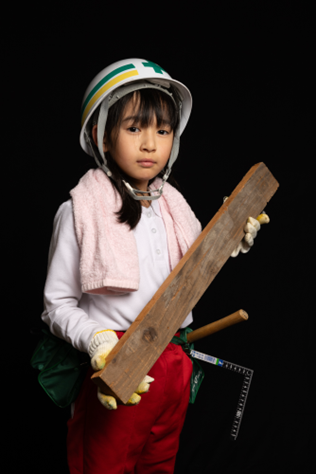
“One day, I will be a carpenter. I love making things that are strong and that last. After the earthquake damaged our house, I watched the carpenters fix it—and help others too. That’s when I knew I wanted to build homes that are safe, strong, and full of color, so no one has to be afraid.”
Photo by Vincent Tremeau. © Vincent Tremeau.
Of course, not every child will dream of something related to earthquakes. The aim of Tremeau’s project—asking children what they want to be and photographing them in costume—is not to trap them in trauma.
He doesn’t want to influence or interfere with their dreams either. The children come as they are. They are the stars. And he wants to give them a “voice”—a way to express their thoughts, hopes, and feelings to the world.
He recalled one particularly striking girl who came in ordinary clothes and said:
“I don’t want to be forced to say what I want to be. I haven’t decided yet—but I want to have options.”
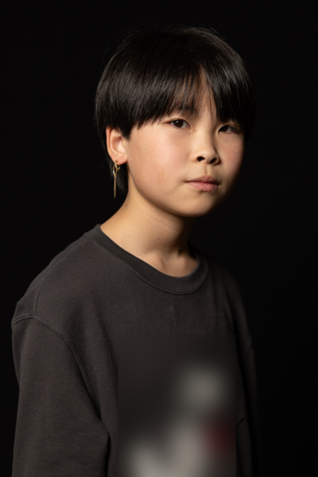
“One day, I will express myself freely. I want to create a world where people aren’t judged by what clothes they wear. Clothes don’t define us—I feel most like myself in my favorite pants and sweater. I dream of a future where everyone can be who they are, without rules or limits.”
Photo by Vincent Tremeau. © Vincent Tremeau.
He told her, “That’s okay. You can do anything you want.” Encouraging children to believe they can achieve anything, through learning and imagination, is a powerful message for any educator.
The magic of this project is how the children, through their photos, speak directly to the audience. Parents, too, may feel something. Artful and playful, this form of communication sparks conversation. He encourages families to visit the exhibition together.
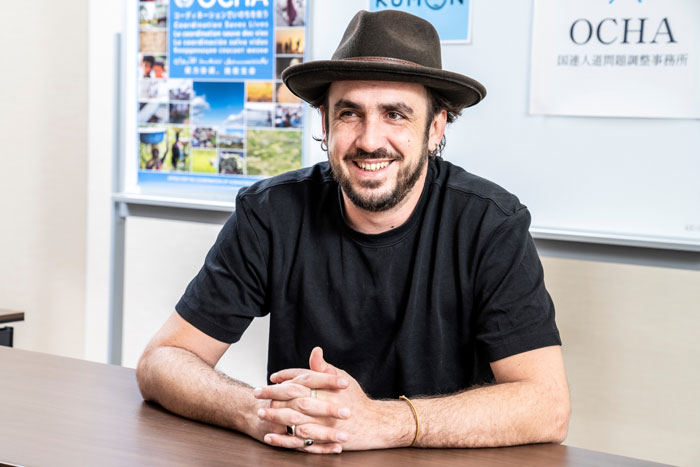
The photographs are a great tool to prompt parent-child conversations. Teachers and children coming together would be educative as well. He hopes the exhibition inspires kids to think about what they want to become—and why—and reflect on the people and circumstances that inspired them.
Though funding has always been a challenge since the project began 10 years ago, there are still many places he wants to visit. Comparing the dreams of children in Tokyo or Osaka to those in Noto could be fascinating.
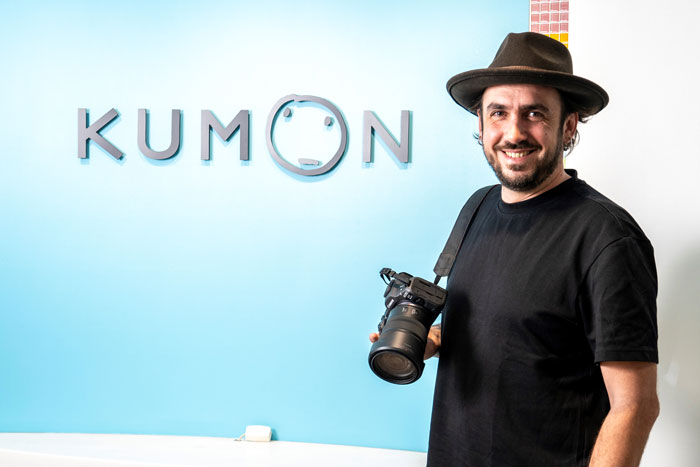
Depending on the situation, he hopes to visit Ukraine and also has thoughts about the Korean Peninsula. South Korea is developed and globally influential. But what about North Korea? He wants to hear from children in both nations. Because the future belongs to children, and maybe this project can contribute to a more peaceful world.
He also hopes to revisit the children he’s photographed—because dreams and goals evolve. Are they still chasing the same dreams? Have they reached them? Seeing the kids who once said “One Day, I will…” five or ten years later is something he looks forward to deeply.
Photo Exhibition: “One Day, I Will” at the United Nations Pavilion at the Expo 2025 in Osaka, Kansai, Japan
Exhibition Period: Wednesday, July 2 – Thursday, July 10, 2025Location: Temporary Exhibition Space inside the United Nations Pavilion, the Expo 2025 in Osaka, Kansai, Japan
UN Pavilion (Expo 2025 Osaka, Kansai, Japan Official website)
KUMON Sponsors “One Day, I Will” by Vincent Tremeau, Initiated by OCHA, at the UN Pavilion, Expo 2025 Osaka-Kansai|press release “One Day, I Will” OCHA website United Nations in Osaka, Kansai 2025 (UN Official Website)


